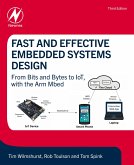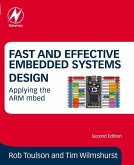
eBook, ePUB
8. Oktober 2016
Elsevier Science & Techn.
eBook, ePUB
3. Juli 2012
Elsevier Science & Techn.
Gebundenes Buch
Bridging Science and Creativity
26. Mai 2021
Focal Press
| eBook, ePUB | 35,95 € | |
| eBook, PDF | 35,95 € |
Ähnliche Artikel
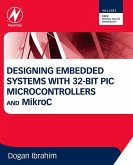
eBook, ePUB
22. August 2013
Elsevier Science & Techn.
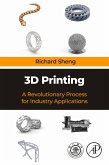
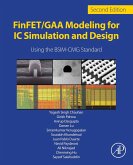
eBook, ePUB
23. August 2024
Elsevier Science & Techn.


eBook, ePUB
2. Juni 2023
Elsevier Science & Techn.


eBook, ePUB
27. März 2018
Elsevier Science & Techn.
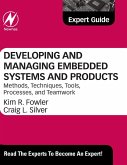
86,20 €**
51,95 €
**Preis der gedruckten Ausgabe (Gebundenes Buch)
Sofort per Download lieferbar
VersandkostenfreieBook, ePUB
30. August 2014
Elsevier Science & Techn.

eBook, ePUB
30. April 2024
Elsevier Science & Techn.
Ähnlichkeitssuche: Fact®Finder von OMIKRON

